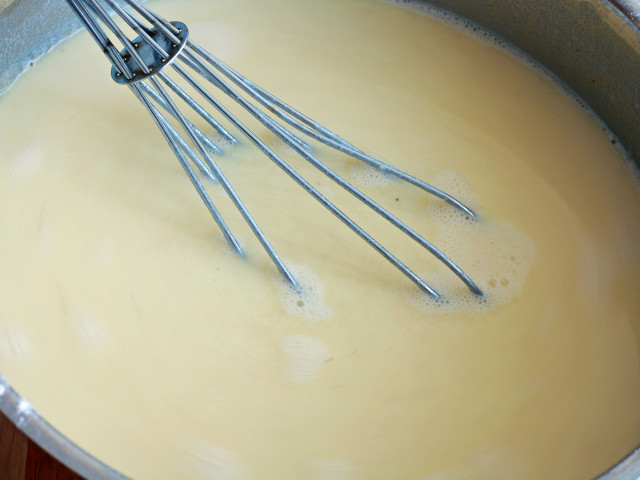
The first mama of all is Béchamel. A cream sauce that is the base for half of the white sauces. It is the base not only of sauces but of a wide range of food, where it is acting as binder, and can be a desert sauce as well. When it was invented, sauce Béchamel was a slow simmering of milk, veal stock and seasonings, strained, with an enrichment of cream. The sauce under its familiar name first appeared in Le Cuisinier François, (published in 1651), by François Pierre La Varenne (1615 – 1678), chef de cuisine to Nicolas Chalon du Blé, marquis d’Uxelles. The foundation of French cuisine, the Cuisinier François ran through some thirty editions in seventy-five years. The sauce was named to flatter a courtier, Louis de Béchameil, marquis de Nointel (1630 – 1703), a financier, sometime intendant of Brittany, who is sometimes mistakenly credited with having invented it. Many chefs would now regard as authoritative the recipe of Auguste Escoffier presented in Saulnier’s Répertoire: “White roux moistened with milk, salt, onion stuck with clove, cook for 20 minutes”. The sauce called velouté, in which a blond roux is whisked into a white stock, is a full hundred years older, having appeared in the cookbook of Sabina Welserin in 1553.
This basic sauce, one of the mother sauces of French cuisine, is usually made today by whisking scalded milk gradually into a white flour-butter roux, though it can also be made by whisking a kneaded flour-butter (roux) into scalded milk. The thickness of the final sauce depends on the proportions of milk and flour. The sauce is so versatile and common I think it is part of the cooking tradition in every country in on way or the other. We will talk about the variations latter. For now let ‘s just review the process that combines three very humble ingredients into magic. The first thing is to understand the roux, the foundation of the sauce, and how it helps the thickening of the sauce. It is a starch, usually flour, that is heated up and cooked in some sort of fat, usually butter, till it reach the desired level of brownness. Now why starch and why butter, and why brown it… and.. and… Relax … Let ‘s start.
The starches are composed from many long molecules called proteins. The proteins in their natural state are forming a small ball. Like imagine a straw rapper that you formed into a ball. Responsible for that is what it is called hydrogen bond, a weak inter-molecular bond that is stable in room temperature. However, upon heating the bond collapses and making the proteins uncoil and expand into the liquid. The bonds can still form but once the protein is open, it can just go ahead and form the bond with another
protein with the water molecules acting as anchors in-between the molecules, forming therefore a network. That network is capturing the liquid and forming a gel that thickens the sauce.
Now why we do not just add the flour into the mix right away and we have to heat it, in butter and so on. Well it is simple. For one reason those proteins are hydrophobic, don ‘t like to get in contact with water. So although stirring might do the job and it does, it is not guarantee that no lumps will stay. And lumps are easy to form especially if the liquid is hot. By adding the flour it will fall in small lumps. Those lumps upon heating the hot liquid will gelatinize just as we described above. Unfortunately this will happen to the outer surface only forming a gel ball with dry flour inside, since that gel is almost impenetrable to water. So in order to properly disperse the four we need a more friendly medium as is fat. That will ensure that every individual grain will be coated with fat. Also the absence of water will prevent the formation of the network. An extra feature is that since fat can go in temperature much higher than water, it is more effective in cooking out the raw taste of the flour. And by cooking it it gives some added nutty flavor.
One last secrete is that the milk has to scalded before adding it. Well I guess that by now you will know answer. If it is cold, it will reduce suddenly the temperature, instantly reforming the hydrogen bond, and this time this can happen in the presence of water… lumpy, ugly, not good.
So ow that we know the secretes of the béchamel we can just make one. We will need:
- 1 tbls flour (or aonther starch, like potato starch, but not arrowroot or corn starch)
- 1 tbls butter (or other fat, like olvive oil, lard, bacon fat)
- 1 cup of milk
- Seasoning
Use a heave saucier or a if you have a cast iron pan pr dutch oven; heat management is crucial. Brink the fat to a temperature were it will start rippling. Add the flour and the seasoning / flavorings and stir vigorously. Now you have different options. Stop the cooking in a minute or two where the roux is still called blond. You can continue for a little longer where it becomes brownish and called brown roux, or give it a mahogany color and call it dark roux. Or go more and give it a nice black color and call it garbage. This is not only for color though. The darker it gets the more nutty the flavor becomes, and weaker the thickening power.
After reaching the desired flavor / color / thickening power you add the warm milk. Ok you can get away with the room temperature milk just add it in small installments. Bring it to a boil and let simmer. The basic sauce is ready. Now based on the seasoning you can add the rest of the ingredients.
Let s say that you had salt & pepper, dry mustard, paprika (1/4 tsp each), then you have a savory base that you can add in 1 cups of cheddar cheese and have a nacho sauce.
The same base and seasoning as before but add 1 cup of cheddar and 1 cup of other assorted cheeses and you have yourself the base for mac and cheese. Add the cooked elbow pasta (2 cups dry), put in a baking dish, cover with some more cheese and bread-crams and cook in 350 for 30 minutes.
Add a pinch of salt, a two tbls spoon of butter instead of one, some white pepper (a small pinch) and some freshly grated nutmeg and you have a great sauce for fried veggies.
Béchamel sauce is the base for a number of other classic sauces including:
- Mornay sauce (cheese)
- Nantua sauce (shrimp butter and cream)
- Crème sauce (heavy cream)
- Mustard sauce (prepared mustard)
- Soubise sauce (finely diced onions that have been sweated in butter)
- Cheddar cheese sauce (cheddar cheese, dry mustard, Worcestershire sauce)
So a had a pretty good reason calling it the big mama… Don ‘t you think so?


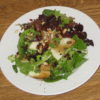
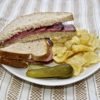
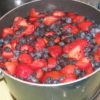

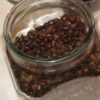
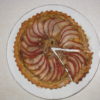
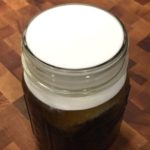

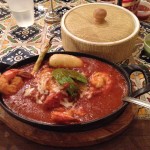
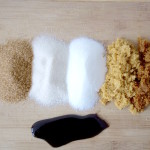
Leave a Reply